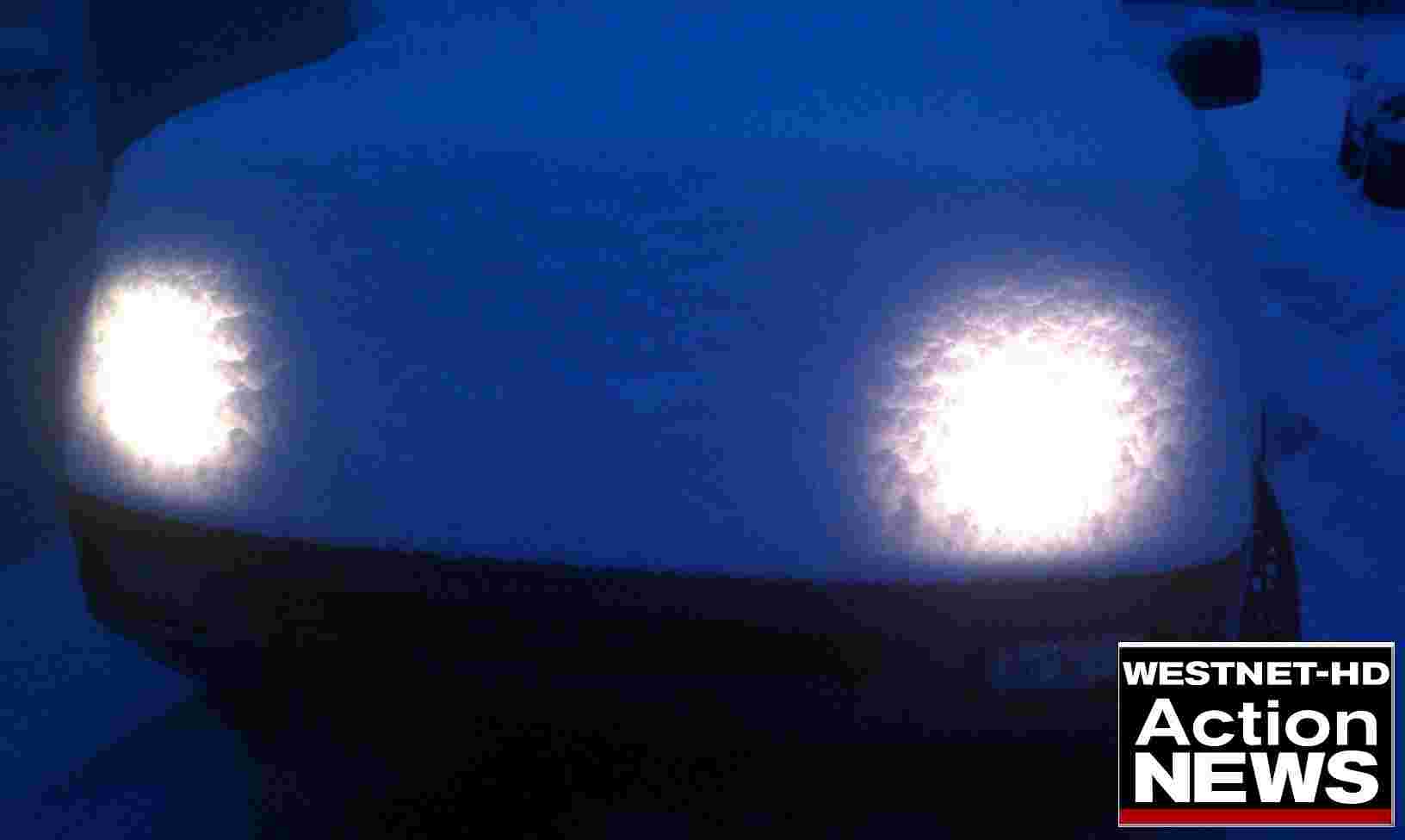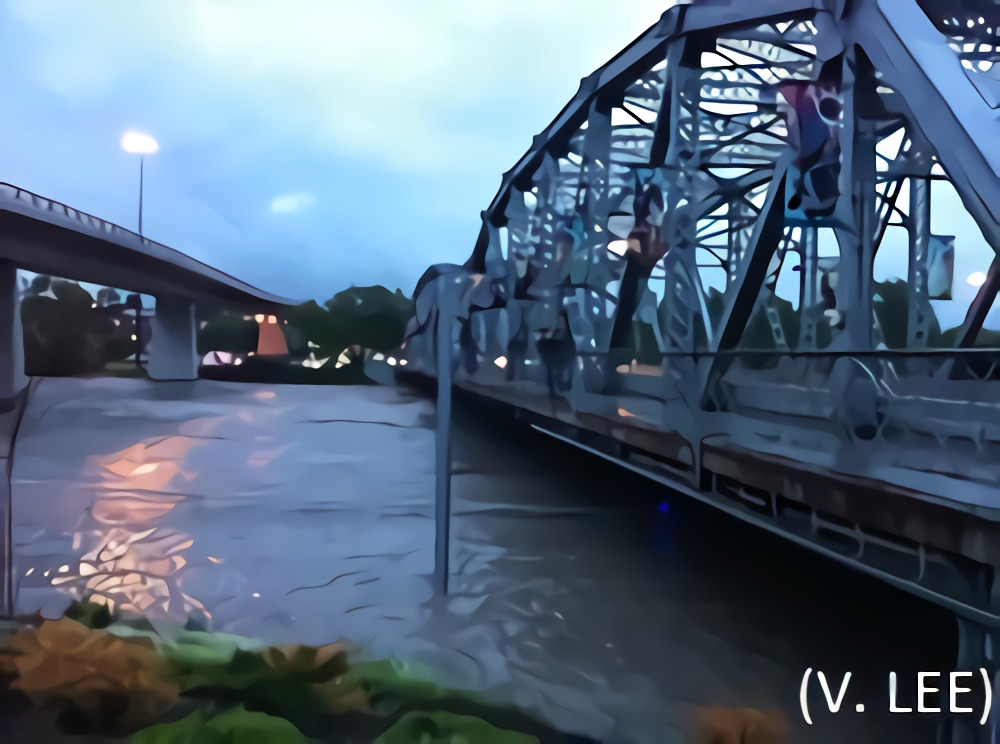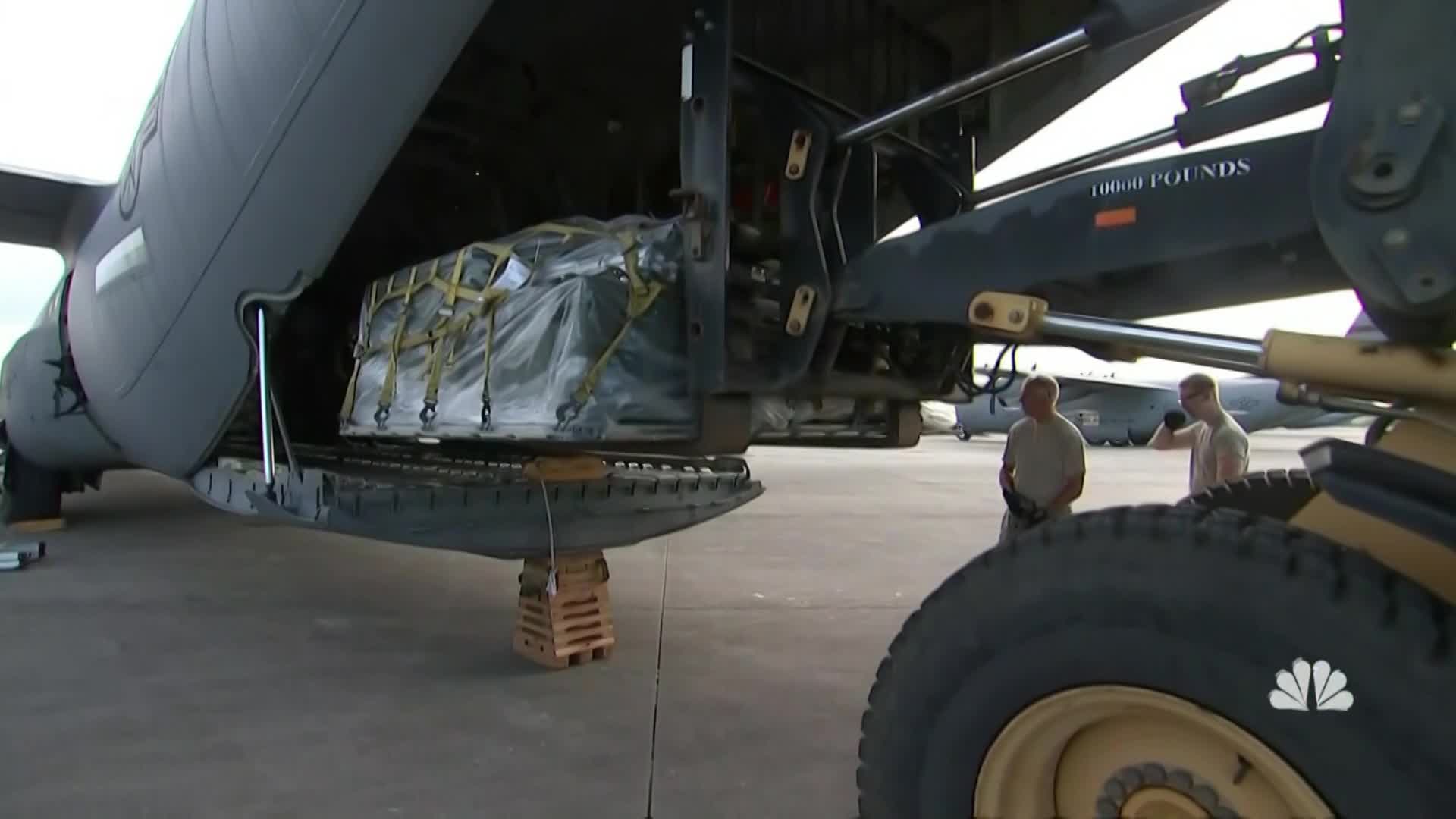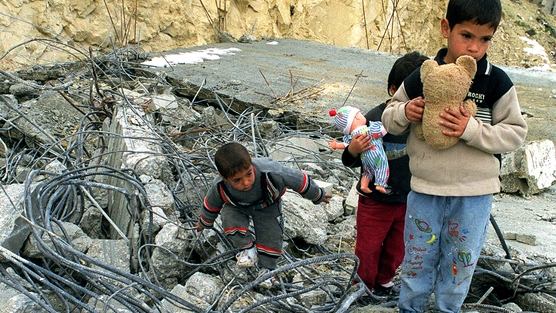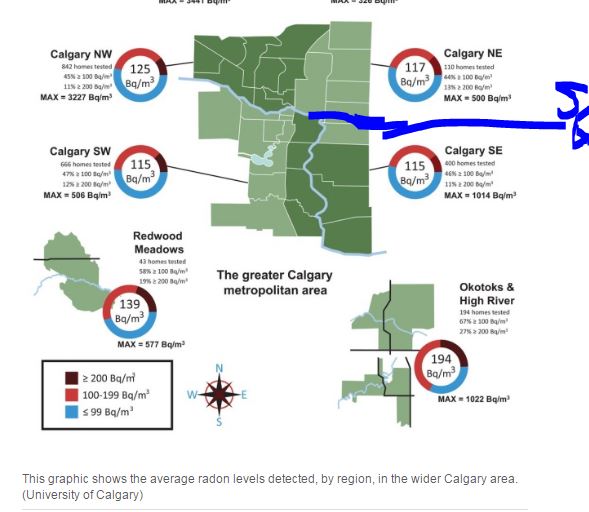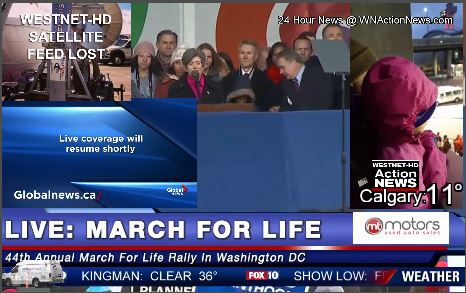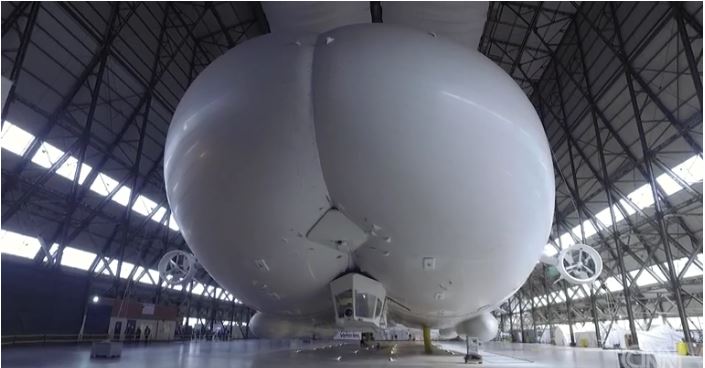Earth's gravity shaped like a potato

Scientists have unveiled the most accurate map of the Earth's gravity ever produced, which shows it to be shaped not like a sphere but a potato.
The new data is expected to improve our understanding of how the Earth works and improve predictions regarding the impacts of climate change.
Also known as a geoid, the map is the result of two years of orbital surveys by the European Space Agency (ESA) Gravity Field and Steady-State Ocean Circulation Explorer (GOCE) satellite.
Professor Reiner Rummel, former Head of the Institute for Astronomical and Physical Geodesy at Technische Universitt Mnchen in Germany says GOCE provides dynamic topography and ocean circulation patterns with unprecedented quality and resolution.
"The GOCE geoid will improve our understanding of Earth's internal structure."
The GOCE satellite uses a gravity gradiometer to detect fine differences in the Earth's crust and oceans. The instrument consists of six highly sensitive accelerometers that measure gravity in three dimensions.
Orbiting just 270 kilometres above the Earth's surface, GOCE's arrow shape and fins stabilise the spacecraft as it flies through the thin wisps of air still present at this height. It also uses an advanced ion engine to continuously compensate for atmospheric drag.
According to Rummel, the data sent back by the spacecraft is continually improving the geoid's resolution.
"With each new two month cycle, our GOCE gravity field model is getting better and better".
A two-day conference in Munich on the GOCE data is discussing how the new geoid might provide advances in science's understanding of events such as earthquakes.
Because earthquakes create signatures in gravity data, GOCE might one day help scientists predict these events by providing a deeper understanding of the processes causing them.
The geoid will also assist scientists in measuring ocean circulation, changes in sea level and the movement of ice sheets, all of which are affected by climate change.












_(720p).jpg)


 OFFICIAL HD MUSIC VIDEO.jpg)
.jpg)








